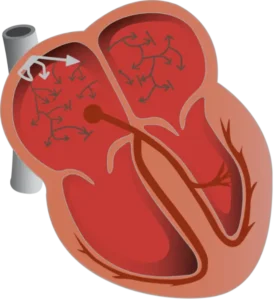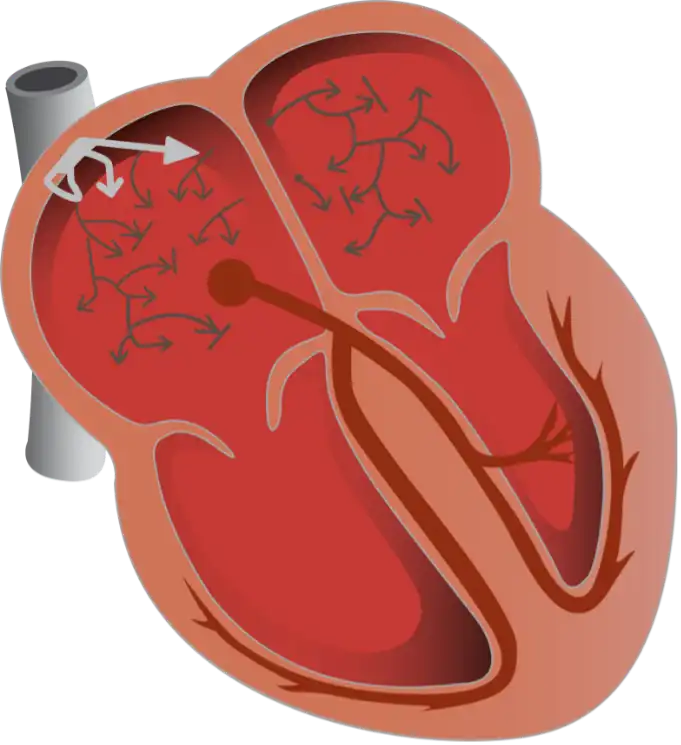Atrial fibrillation (AF or AFib), is the most common arrhythmia in the world. More than 80 million people around the world have been diagnosed with AF. AHVC cardiac electrophysiologist (heart doctor who specialises in AF and heart rhythm problem) Dr Pipin Kojodjojo will explain about commonly asked queries about AF.
What is atrial fibrillation (AF)?
Atrial fibrillation (AF or AFib) is a common heart rhythm disorder characterised by an irregular and often rapid heartbeats. In this condition, irregular electrical impulses cause the heart’s upper chambers (the atria) to quiver instead of contracting effectively. This causes blood to stagnate in the atria and makes you prone to form blood clots.
When a blood clot dislodges and travels to the brain, it results in a stroke. Aside from a 500% increase in stroke risk, atrial fibrillation doubles our risk of developing heart failure and sudden death.

What causes atrial fibrillation (AF)?
There are many causes of AF, some which can be improved or modified and others cannot be changed. These including:
- Ageing
- High blood pressure (hypertension)
- Diabetes
- Snoring and sleep apnoea
- Excessive alcohol intake
- Thyroid disease
- Other kinds of heart disease
- Prior heart surgeries
- Smoking and lung diseases
- Obesity
What are the symptoms of atrial fibrillation?
The commonly reported symptoms include feeling palpitations (sensation of the heart beating first), dizziness, breathlessness and chest discomfort. Typically, the pulse during an attack of AF is faster than usual. However, as many as 1 in 3 patients, do not have any symptoms. Unfortunately, the risk of developing strokes and heart failure exist even if patients have no symptoms
What are the treatment goals for patients with atrial fibrillation?
There are 3 things we focus on when managing patients with AF:
- Improve their symptoms and quality of life – this can be achieved with medication or much successfully with a minimally invasive procedure, called catheter ablation
- Protect patients from stroke – this is achieved with blood thinners taken daily or a minimally invasive procedure to stop blood clots from forming within the heart, called left atrial appendage occlusion
- Better manage patients’ health and co-morbidities – long term success of treating AF is strongly dependent on improving patient’s general health such as better controlling chronic conditions such as obesity, diabetes and blood pressure

